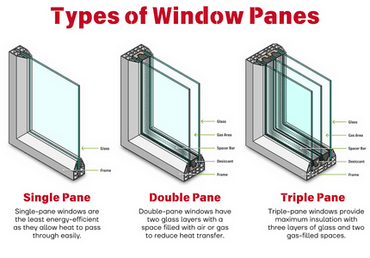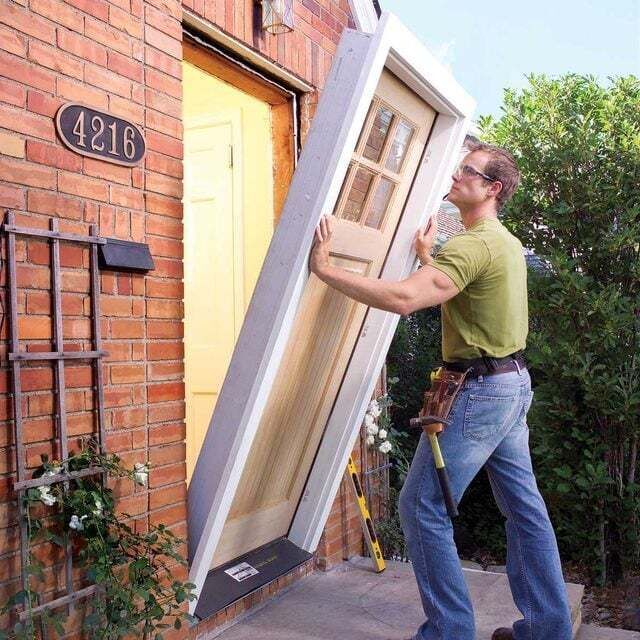Improve the efficiency of your home with new windows and doors
Replacing old windows and doors is an effective way to enhance your home’s energy efficiency, comfort, and security. Upgrading to newer, more energy-efficient models helps reduce heating and cooling costs by preventing drafts and improving insulation. When combined with electrification efforts—such as switching to electric heating or cooling systems—new windows and doors can significantly enhance your home's ability to maintain a consistent, comfortable temperature. This reduces the strain on your HVAC systems, leading to lower energy usage and costs. Additionally, modern windows and doors offer better protection against outside pollutants, contributing to improved indoor air quality and a healthier living environment. High-performance windows can also reduce noise from the outside, creating a quieter, more peaceful home. By investing in new windows and doors, you not only boost your home’s energy efficiency but also increase its overall value, security, and aesthetics, making it a more comfortable and sustainable place to live.
Windows

Windows account for up to 25% - 30% of your heating and cooling use, making them an excellent leverage point for improving the efficiency of your home. Depending on the type and age of your windows you may elect to either replace your windows or just improve what you already have. Here is a guide to the types of windows you might have to help guide your decision making process. If you currently have single pane, wood framed windows, its a great idea to get those swapped out.
Window Treatments
The first thing to focus on with your existing windows is airtightness. Check out our air-sealing page to learn more about the techniques and strategies to ensure your window is as tight as it can be. After you have you window air tight there's an extensive array of window covering options you can utilize depending on your goals. These range from your average blinds and curtains, to awnings on the exterior of your home, to films applied directly to the window to reduce the heat gained from the sun entering your home.
Window Replacement
Replacing old, inefficient windows is a key step in a home energy retrofit. High-performance windows improve insulation, reduce drafts, and enhance indoor comfort year-round. Modern double- or triple-pane windows with low-emissivity (Low-E) coatings and gas fillings minimize heat loss in winter and block excess heat in summer, reducing the strain on heating and cooling systems. not only do they help with your heating and cooling but they can significantly dampen outside noise. Visit this DOE page on Energy performance Ratings for details on how to interpret various window efficiency ratings.
It's suggested that you find a contractor to do window replacements for you so that they correctly selected and installed
Doors
Exterior doors can be a major source of air leaks and depending on the type and age of your door can have significant issues with thermal bridging. By air sealing your door you can mitigate a common source of air leaks in your home. The material and construction of your door has a huge impact on its R-value, with solid wooden doors having some o the worst performance. The DOE has some great resources on what types of doors are best for creating a tight thermal envelope for your home.

